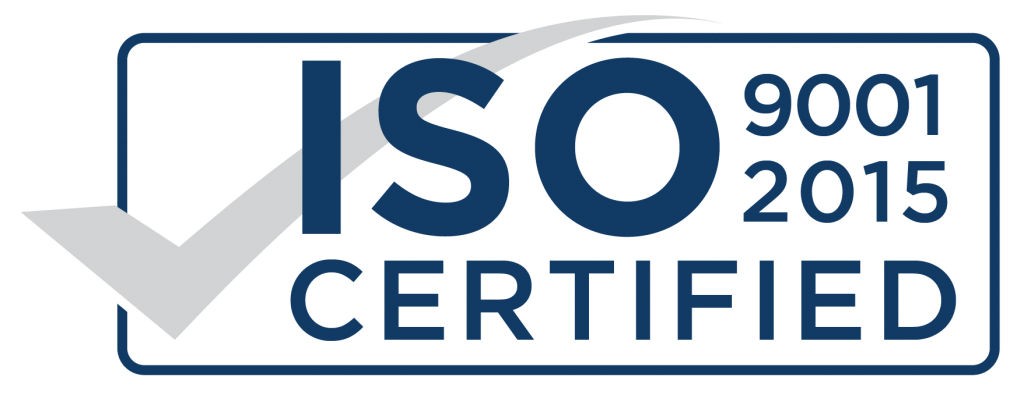ISO 9001 was specified and strategically organized in its most recent revision in 2015 in such a way that any business, regardless of the size or market, may apply or use the standard as part of its strategic management. There are several negative paradigms around to Get ISO 9001 Certificate; however, they are only assumptions, and we will explain how to view ISO 9001 as a strategic management tool.

One of the innovative ideas included in the current edition of the ISO 9001:2015 standard is that a company’s Quality Management System (QMS) must contain knowledge of and compatibility with the company’s strategic vision.
The strategic vision of the organization is mentioned four times in the ISO 9001:2015 requirements, including when it comes to acknowledging the organization’s Context, ensuring the quality policy and quality goals are interoperable with the future plan, validating that the performance management system supports the corporate strategy, and clarifying that the internal audit checks that the QMS is in synchronization with the strategic direction.
ISO 9001:2015 may be used to three critical areas of business strategy:
- Company Mission Statement: Describes the organization’s purpose and Organizational Context; what it does, for whom it does it, and how it does it.
- Company Vision: Simply expressed, the company vision is the direction in which the corporation and its Quality Objectives are heading.
- Company Values: This section defines the company’s belief system, which serves as the basis for the Quality Policy.
Organizational Context
If we use Context’s exact definition, we get the phrase “circumstance.” As such, we might define our Context as the conditions affecting our capacity to supply a product or service. To make sense of those situations, we must first understand our business.
What are our capabilities and shortcomings (internal variables), and which opportunities and dangers (external factors) must we consider? What conditions must we meet, and how are we going to accomplish these goals?
Quality Objectives
While it is a frequent misperception that ISO 9001:2015 demands performance standards to be based on the organization’s quality policy, the fundamental criterion is that they are compatible with the procedure.
To be efficient, quality objectives do not need to be directly related to the quality policy on a line-by-line basis; they need to match with its meaning. Quality targets must consider the strategic implications of existing company performance and opportunity.
Quality Policy
The majority of quality policies include references to improvement, customer satisfaction, and quality. Many, on the other hand, fall short of the dedication necessary to comply with statutory regulations.
While meeting customer criteria is a critical component of the total, with an increased emphasis on internal and external elements, interested parties and their standards must consider these additional requirements.
According to ISO 9001:2015, a Quality Policy must have four critical components:
- Is it consistent with the organization’s mission and Context and supportive of its strategic direction?
- Is it a framework for establishing quality objectives?
- Is it accompanied by a pledge to adhere to all applicable requirements?
- Is it accompanied by a commitment to the system’s continuous improvement?
Ways You Can Use ISO 9001: Quality Management System To Grow Your Business
- Focus On Customer Needs
The first step in developing a Quality Management System is to determine the requirements of your clients. Understanding precisely what your customers want and want from your business enables you to keep them at the heart of your organization and to invest in the areas that will offer the highest levels of customer satisfaction.
- Create Workflows for Specific Tasks
What processes and procedures do you need to implement to meet your customer’s needs? A Quality Management System will define these processes, allowing you to gain a birds-eye perspective of your operating operations and detect any bottlenecks that may be impeding your business’s growth.
- Define Employee Functions
A well-designed Quality Management System will clearly identify each employee’s role in attaining your workflow objectives. This enables you to discover extra roles, areas where new posts may need to be established, and whether more employee development and training is required.
- Create A Framework For Management
After identifying client demands and clearly delineating staff responsibilities, you can develop a management framework to ensure the efficient execution of your target workflows. Ascertain that your management framework is linked to particular business objectives to keep your ship on track.
- Continuous Improvement Through Review
A Quality Management System is not a one-time implementation. To accomplish continuous improvement in your firm, you’ll need to commit to an ongoing evaluation process. This entails analyzing your customers’ demands frequently as the market changes and their expectations change.
The Quality Management System’s alignment with the Business Strategy is critical. If the organization has implemented strategic initiatives, they must be linked to the Quality Policy.
ISO 9001 instills a risk mindset in businesses, allowing them always to act preventively and with sufficient time to work without adverse financial, commercial, or customer service consequences.




Recent Comments